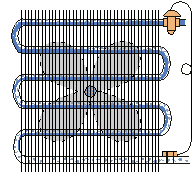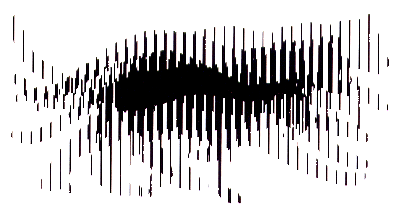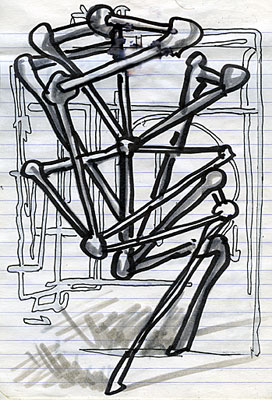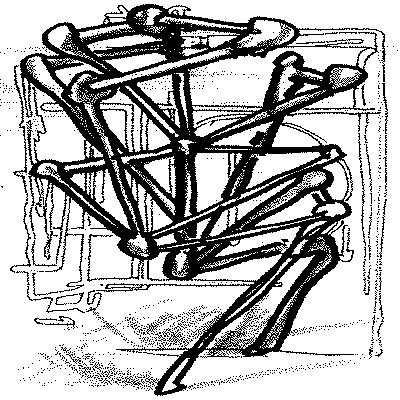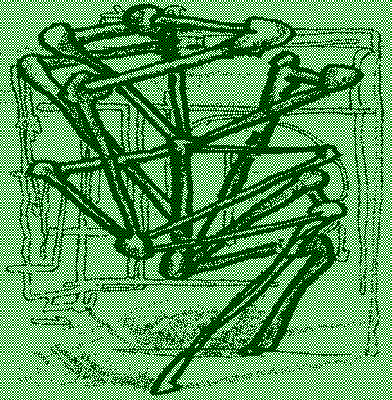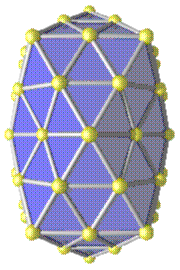Nice jpeg (I assume) of a painting by Mark Dagley from 1986, viewable on Bill Schwarz's page.
I clicked on the painting to find out more but it went to a Facebook login.
It sort of belatedly amazes me that "gallery artists" embraced Facebook, since from what I'm told it has one of the worst image handling policies (no GIFs, everything converted to jpeg, images transferred to a server the artist doesn't control, no outside linking, etc.--please let me know if I'm wrong about any of this).
You would think artists would resist such an odious scheme of corporate coercion, but ironically it was Zuckerbook that "brought artists online" after so many resisted blogs in the early to mid-'00s.
Compared to say, a Word Press blog, it seems like about the worst place in the world to show work.
Update: Things got a bit ugly when I criticized Bill's use of a Facebook link. He accused me of trying to freeze the internet and let me know exactly what he thinks of trying to repurpose animated GIFs for artistic ends. (Not much.) In view of those digs, it's hard for me to focus on his defense of Facebook as a great place to be an artist.

